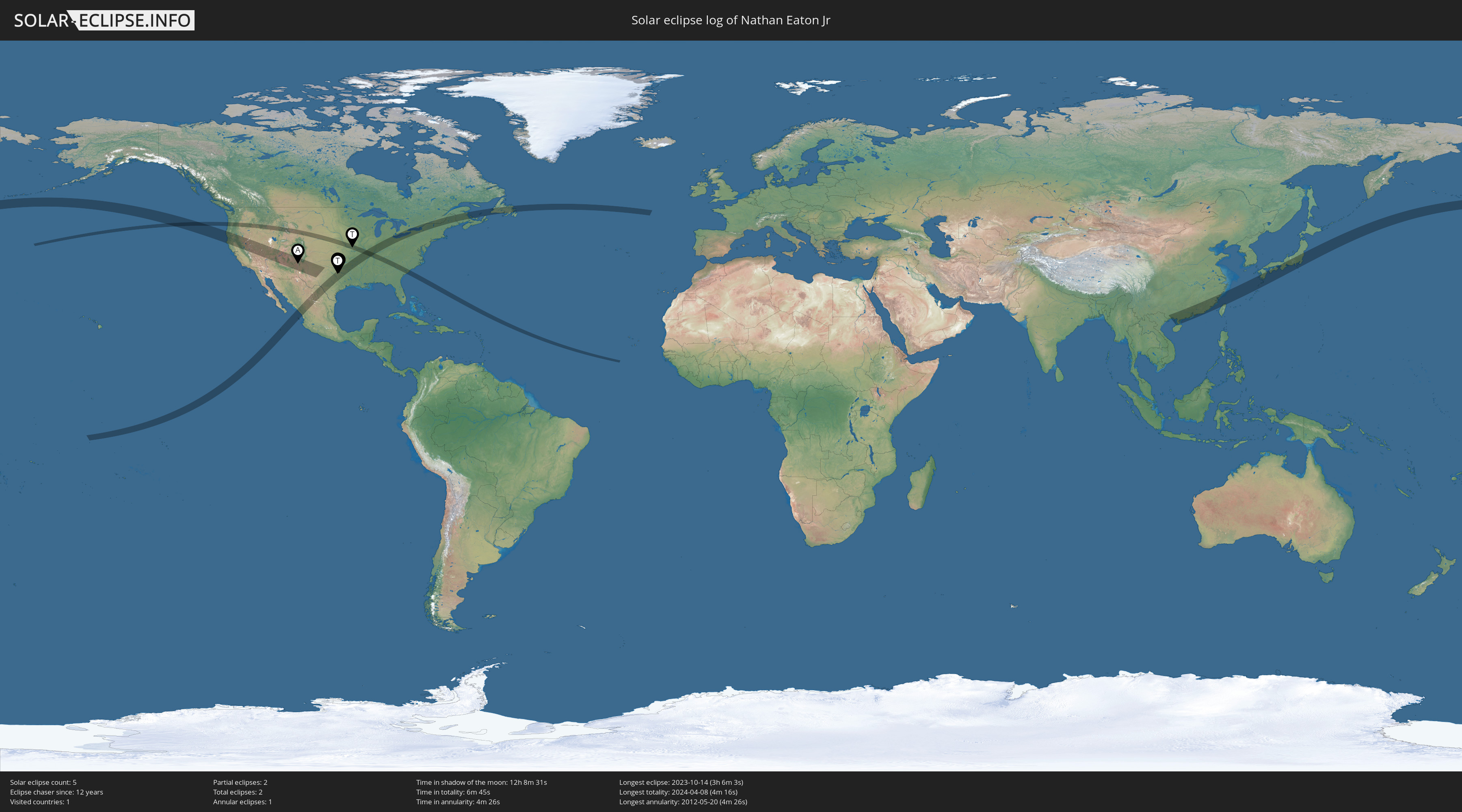There are plenty of interesting sights in the night sky each year. Headlines right now are touting the 5 planets that'll be visible this week, unique because it will be easier than usual to spot Uranus (though you might still need binoculars for it and possibly for Mercury). Unfortunately, I don't expect to see that given the current forecast for cloudy weather in North Texas.
A sight that didn't get much press but that I looked forward to was a conjunction this past Saturday evening (March 25th) between the Moon and a star cluster called the Pleiades, also known as the Seven Sisters, or Messier 45, or Subaru in Japan or many other names across time and cultures. If you ever stared up into the night sky on a winter or spring night and saw what looked like the Big Dipper but almost so small you weren't sure that's what you were seeing, that was probably the Pleiades.
The Pleiades is located in the sky just shy of 5 degrees off the ecliptic. As that's the path that the Sun, planets and the Moon generally follow across the sky, it's not uncommon for the Moon to pass near this star cluster. But many times it occurs during the daytime, or when the Moon is full or nearly full or the Moon doesn't pass close enough to the Pleiades to appear in the same telescopic view. So seeing a conjunction of the Moon as a crescent (just five days after its New phase) and the Pleiades is not that common. I've been told this occurs about every 12 years though I haven't been able to find a concrete source for that.
To capture this event, I drove out to Terry Park on the east shore of Lake Ray Hubbard so I would have less light pollution to deal with than at home and so that I had a clear western horizon to allow the longest amount of time to shoot between the end of twilight and when the Moon set. For this session, I used my Evostar 72ED refractor telescope, Nikon D750 camera and Star Adventurer star tracker.
Here is a raw, unprocessed image from my session on Saturday night.
 |
| 5 day old waxing crescent Moon with Earthshine passing near the Pleiades |
This is not entirely what I had in mind but it's just one of the many shots I captured. I'm working with the full set of images to come up with a shot that addresses the challenges in taking this shot.
- In this image, the sunlit side of the Moon is overexposed. I also have shots with the sunlit side properly exposed but the shutter speed for those shots was too fast to capture the stars of the Pleiades. I am working on a blend of this shot and the other one. It's a tough edit so wish me luck.
BTW, the shutter speed for this shot was 2 seconds while the shot with the sunlit side properly exposed had a shutter speed of 1/160th of a second. That's a huge difference, over 9 f/stops apart. Although our eyes can see such a broad dynamic range, most cameras cannot, hence the need to blend multiple images. - I still want the final image to have the rest of the Moon also dimly illuminated. This is called Earthshine because, well, it is the result of sunshine reflected off the Earth lighting up the part of the Moon that's not lit by the Sun.
- I want to bring out the stars of the Pleiades better so that they aren't washed out by the Moonlight. However, it will just be a matter of the individual stars being a bit brighter.
If you have seen images of the Seven Sisters like this one with lots of blue nebulosity surrounding them, it wasn't possible to capture the reflection nebulae that surrounds the stars of the Pleiades with the bright glare of the Moon so close by.
PS. Here is my EarthSky community photo post of this image.





















No comments:
Post a Comment